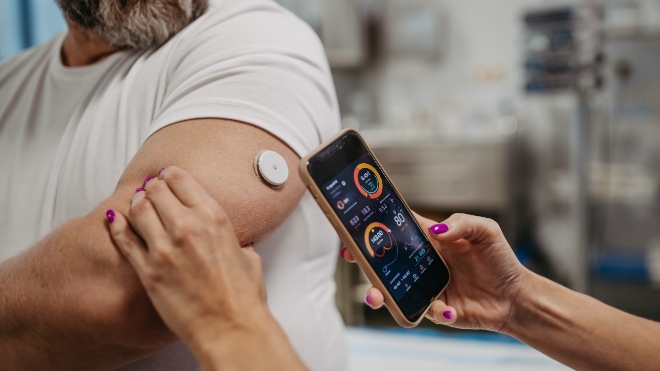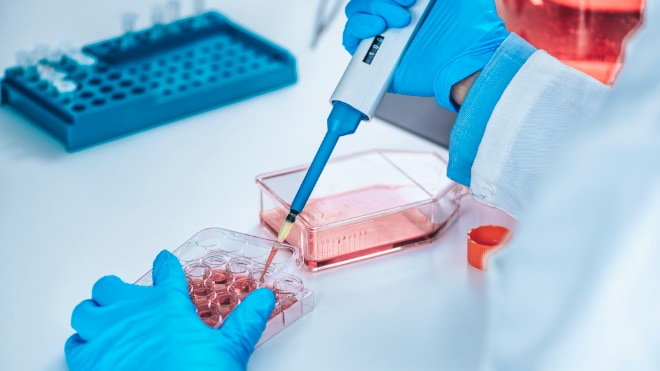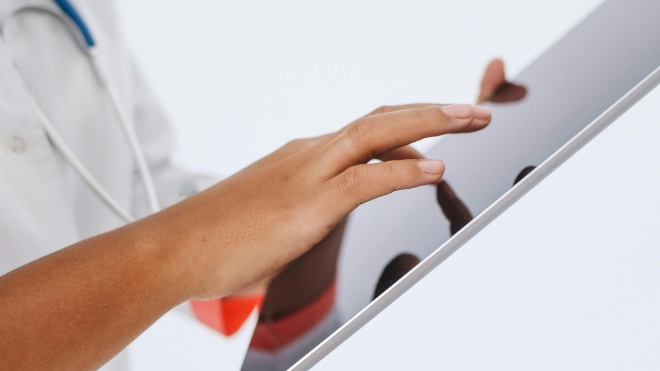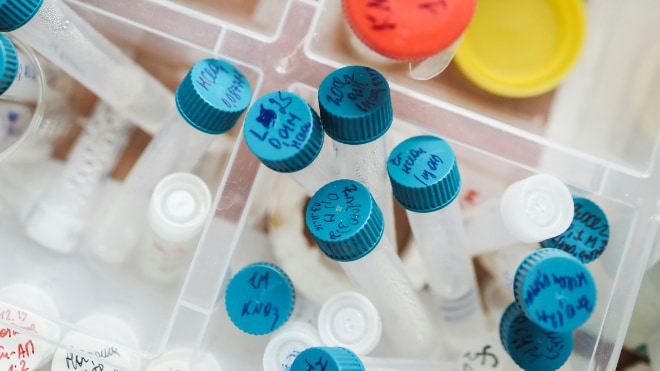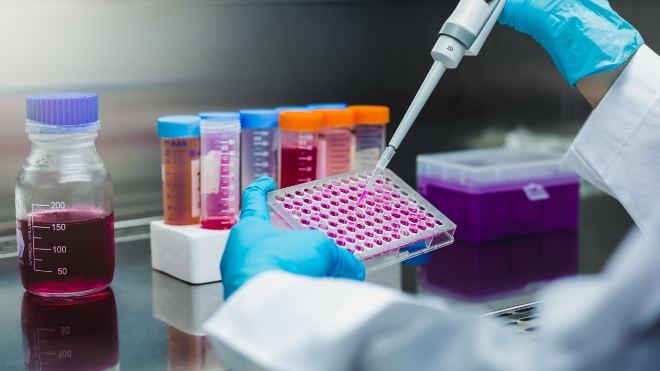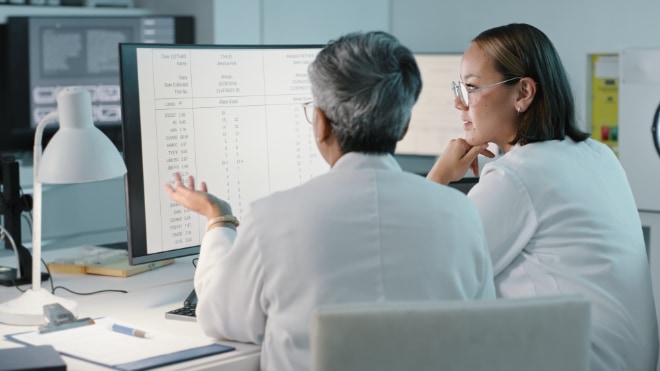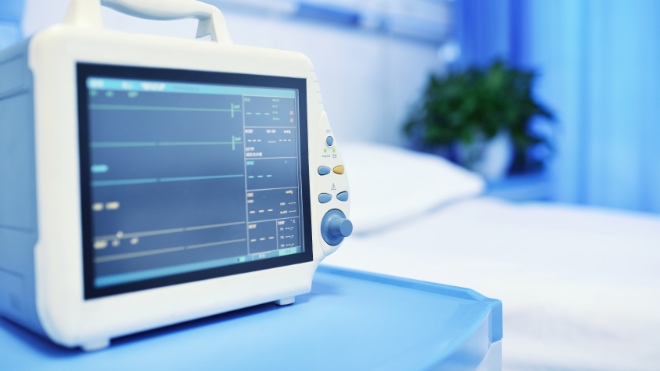
The ‘clinical benefit’ of an IVD differs from that of pharmaceuticals or therapeutic devices, offering vital diagnostic insights that help to guide clinical decisions. Understanding this concept under the IVDR is essential for compliance and plays a pivotal role in advancing patient care and outcomes.
How does the MDR define a ‘clinical benefit’?
‘Clinical benefit’ of a medical device under EU Medical Device Regulation (MDR) 2017/745 is well understood. Article 2(53) defines ‘clinical benefit’ as the positive impact of a device on the health of an individual expressed in terms of a meaningful, measurable, patient-relevant clinical outcome(s). This ‘clinical benefit’ is the improvement that the patient is expected to experience as a result of the device when used as intended, either directly or indirectly.
What is the ‘clinical benefit’ of an in vitro diagnostic medical device?
The ‘clinical benefit’ of in vitro diagnostic medical devices (IVDs), as defined by the EU In Vitro Diagnostic Regulation (IVDR) 2017/746, differs significantly from that of pharmaceuticals or therapeutic medical devices. However, it remains crucial to accurately understand the concept of ‘clinical benefit’ for regulatory compliance.
Unlike pharmaceuticals or therapeutic medical devices, which directly impact a patient’s health by treating or managing a condition, IVDs provide critical diagnostic information that supports clinical decisions. For example, IVDs include tools like blood tests or sputum analyses that help healthcare professionals understand a patient’s condition. These results are combined with data from other diagnostic tools, such as physical exams or imaging, to guide decisions about the patient’s care. Therefore, the outcome depends on a combination of diagnostic and therapeutic interventions included in the broader management plan.
As per the EU IVDR Article 2(37), ‘clinical benefit’ means the positive impact of a device related to its function, such as that of screening, monitoring, diagnosis or aid to diagnosis of patients, or a positive impact on patient management or public health.
How to provide evidence of an IVD ‘clinical benefit’?
A ‘clinical benefit’ of an IVD can be evidenced through its clinical performance by the gathering of performance data (both analytical and clinical). Through performance data, it can be shown how the use of the IVD within the diagnostic or management plan, can assist in the final outcome of the patient.
An example of a ‘clinical benefit’ provided by an IVD could be the early detection of a disease. This allows treatment to be administered more promptly and effectively e.g. the detection of tuberculosis will accelerate the initiation of treatment, thus preventing or aiding the management of complications.
An IVD can prevent the spread of disease by identifying patients with a disease which may have the potential to spread throughout the population. IVDs such a companion diagnostic will enable the identification of patients who are most likely to benefit from a particular therapeutic product. They can also monitor the treatment with a particular therapeutic product for the purpose of treatment adjustment for safety or efficacy.
In summary
The ‘clinical benefit’ of an IVD is its ability to provide accurate medical information that directly influences clinical decisions, whether for detection, diagnosis, or treatment monitoring. This value can be clearly evidenced through clinical performance data presented in the Clinical Performance Report (CPR) and Performance Evaluation Report (PER). By effectively showcasing how an IVD enhances patient management and public health, manufacturers can meet the EU IVDR 2017/746 requirements while reinforcing the vital role these devices play in improving healthcare outcomes.
For further information regarding how we can meet your IVDR requirements, please contact us today.
















